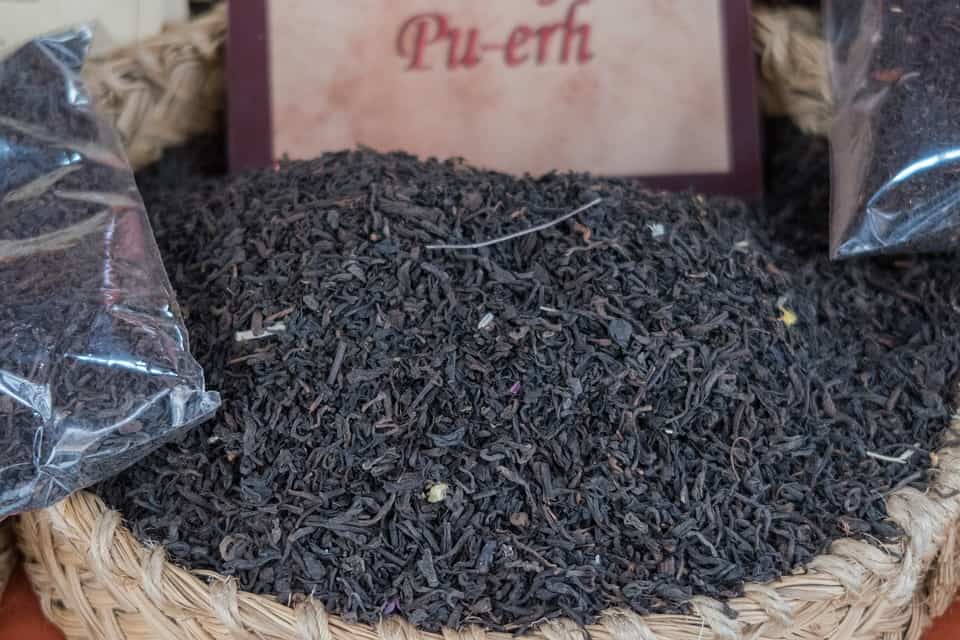When it comes to tea, many enthusiasts always compare one tea with another regarding their flavor and benefits.
Oolong tea vs green tea remains a popular comparison with no clear answer of which one’s better than the other. If you’re looking for that answer as well, you’d have to know the nature of each tea.
A. The origin of oolong tea and green tea
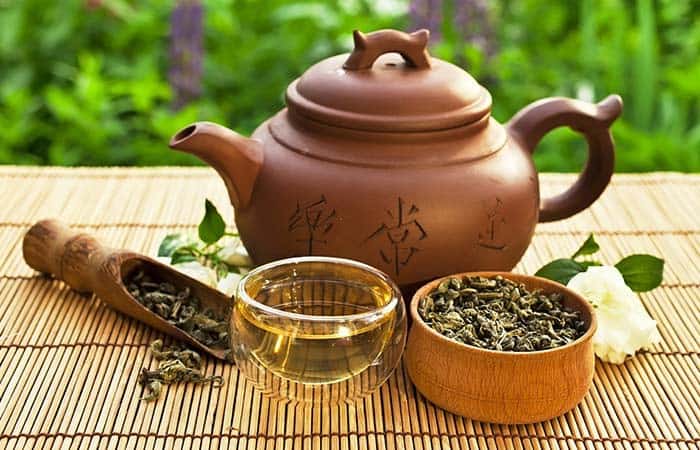
Oolong tea and green tea come from the same plant called Camellia sinensis, just like white tea, black tea, and pu erh tea. However, the places they’re cultivated create different characteristics between each other.
In this case, Oolong tea is produced mainly in Taiwan and China’s Fujian province. On the other hand, green tea comes from India, many areas in China, and Japan.
B. Oolong tea vs green tea flavor profile comparison

Oolong tea and green tea are similarly popular, but for different reasons.
Among younger generations, green tea is more popular thanks to Japanese “Matcha latte” cold green tea drink. It has a sweet and bold grass-like flavor, combined with sweetener and milk.
On the contrary, hot oolong tea is more popular among regular tea enthusiasts than hot green tea.
This is because oolong tea has a more solid flavor with fruity, woodsy, and earthy accents, topped with honey aroma.
Meanwhile, hot green tea is mostly bitter with bold chlorophyll-like flavor, although people grow to like green tea.
C. Processing differences between oolong tea and green tea
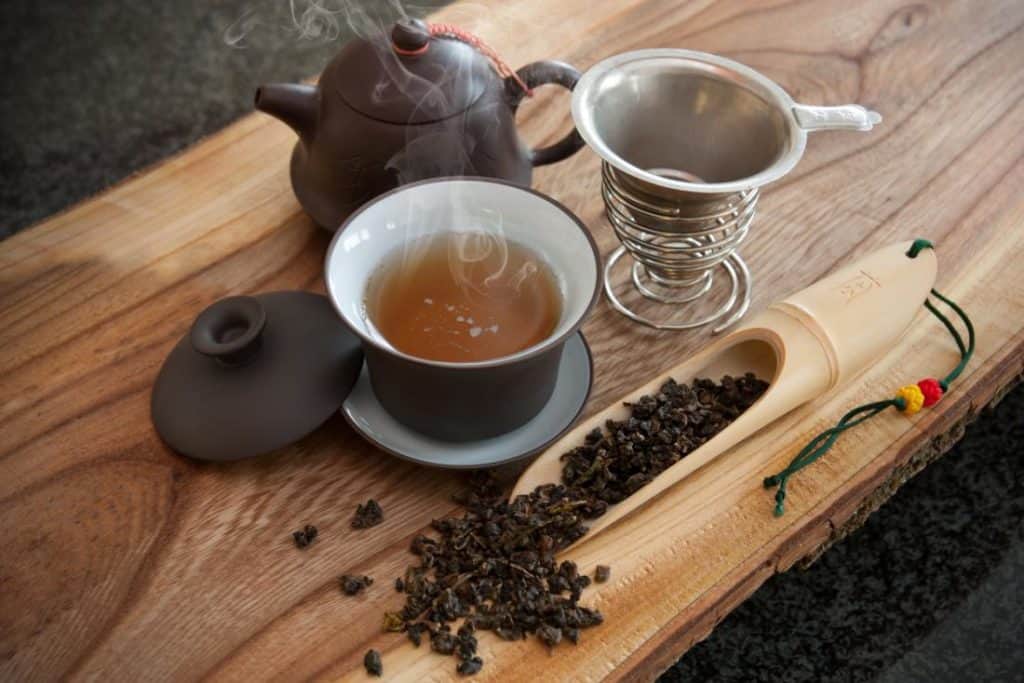
Flavor-wise, the differences between oolong tea and green tea are due to the different cultivating process.
Oolong tea leaves are dried with natural heat from the sun, then twisted and curled to form their distinct small beads shape.
During the whole process, oolong tea undergoes partial fermentation and oxidation, causing the flavor to be greatly enhanced. And depending on how long the oxidation occurs, the flavor can be even sharper.
Conversely, green tea’s cultivation process is mostly straightforward. The slightly older leaves are picked, then fried or steamed instantly to avoid losing as many antioxidant properties as possible.
D. Content differences between oolong tea and green tea
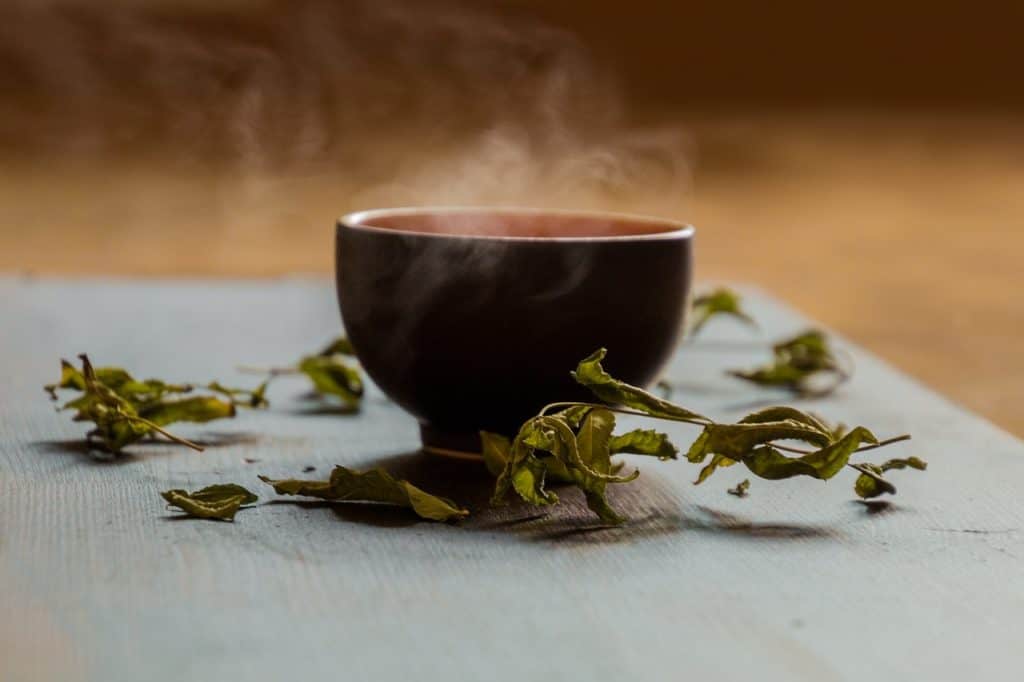
With all of those differences combined, you can tell that the contents within oolong tea vs green tea are clearly different. From the caffeine value, oolong tea tends to have slightly more caffeine than green tea.
To put it into perspective, a cup of oolong tea has around 50 mg of caffeine, while green tea has around 40 mg of caffeine.
Even then, those numbers are pale in comparison with a regular coffee who has around 200 mg of caffeine. Therefore, both oolong tea and green tea is a great substitute if you need caffeine without getting jittery.
But on the contrary, green tea has more catechins (antioxidant properties) than oolong tea. This is because green tea retains most of the catechins by processing the leaves immediately with straightforward methods.
As for oolong tea, the partial fermentation and oxidation under the sunlight cause the loss of some catechins, but not most of them.
E. Health benefit differences between oolong tea and green tea
Because of the differences between oolong tea and green tea in their contents, their health benefits also vary.
Below are several key benefits of each tea that might answer the case of oolong tea vs green tea’s health benefits.
1. Oolong tea
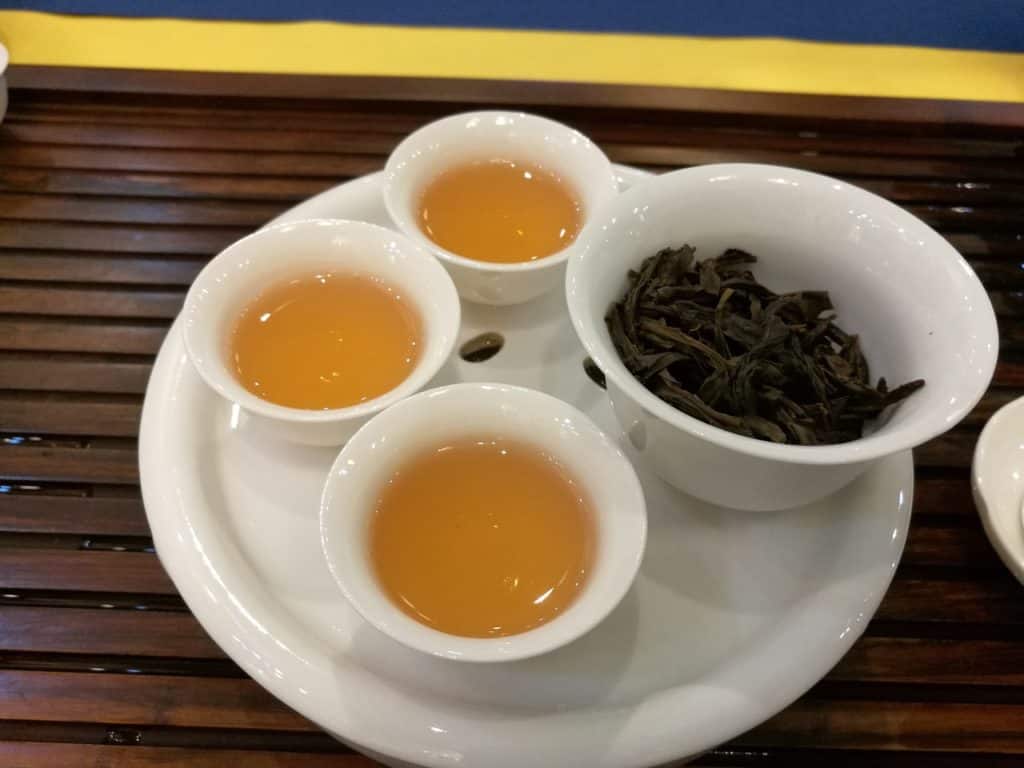
- Controls type-2 diabetes

It has been believed that oolong tea is useful for treating type-2 diabetes patients. To support the claim, a study showed that the antioxidants stabilize the rate of insulin and blood sugar within the blood veins.
Combining oolong tea with hyperglycemic drugs results in more controlled diabetes symptoms.
- Prevents skin cancer

Oolong tea’s antioxidants have been proven to be effective against cancers, particularly skin and stomach cancer.
This is because the polyphenol extract prevents the growth of N-nitroso compounds and other cancerous cells. Once prevented, the extract traps and kills the genotoxic agents to erase the risks of cancer.
- Removes free radicals

While the antioxidants aren’t as abundant as green tea, oolong tea is still effective to stave off free radicals.
Again, this is all thanks to the polyphenol extract, which is powerful enough to control and stimulate the free radical compounds’ behavior.
- Detoxifies your body

As a result of partial fermentation, oolong tea contains several alkaloid micronutrients such as niacinamide and folic acid.
These substances are beneficial to clean your body from toxins, in addition to the aforementioned free radicals.
Read More : A GUIDE TO OOLONG TEA: ORIGINS, FLAVOR, AND BENEFITS
2. Green tea
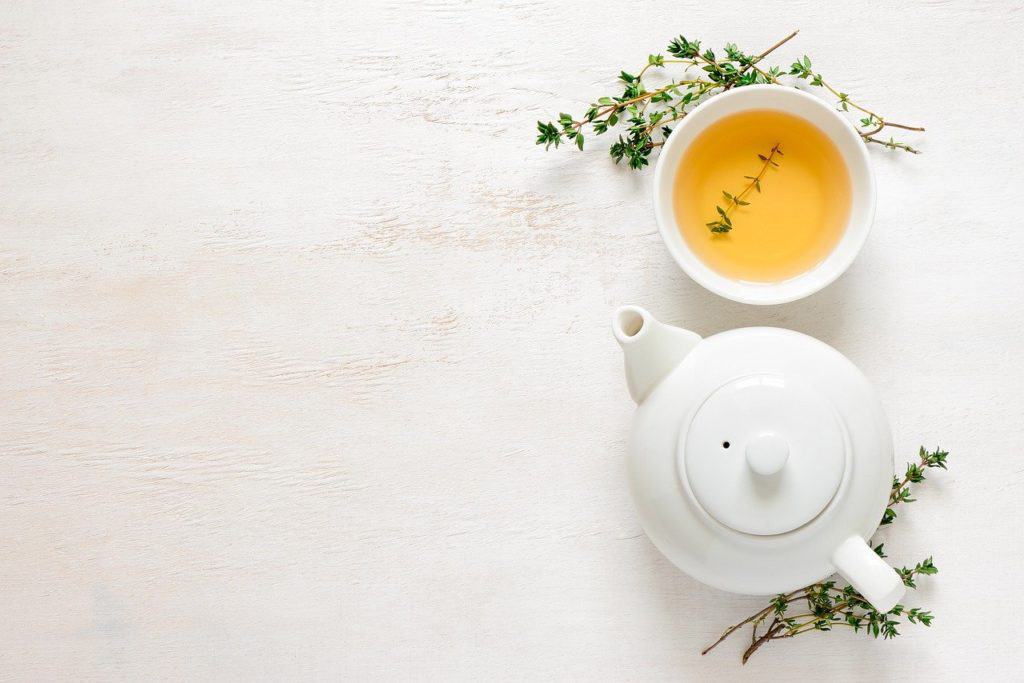
- Promotes weight loss

Green tea is rich in polyphenol that may promote weight loss. As it gets digested, the polyphenol increases the fat oxidation process, quickly changing food into calories.
This improves metabolism rate, thus reducing the amount of fat within your body.
- Prevent cardiovascular diseases

Aside from antioxidants, green tea also contains chlorophyll to prevent cardiovascular diseases. With those substances, green tea stabilizes blood flow and prevents clots from forming within blood vessels.
The latter indicates that green tea reduces LDL cholesterol rate as well.
- Improves mood and concentration

One of the amino acids preserved within green tea is theanine, useful for inducing relaxation and tranquilizing effect to your brain.
As a result, it relieves your mind from depression and stress, making it a great treat when workloads are piling up.
- Strengthens brain capability against aging diseases

Studies showed that green tea restored damaged brain cells and protected them from dying a lot quicker.
This means it strengthens brain capability against deterioration and aging diseases such as Parkinson’s and Alzheimer’s.
Read Now : GREEN TEA BENEFITS, TYPES, AND POSSIBLE SIDE EFFECTS
F. Conclusion
The comparison between oolong tea vs green tea might actually be one-sided because green tea has been scientifically tested numerous times.
Ergo, there are more health benefits of green tea that are confirmed and published.
On the contrary, oolong tea lacks exposure from scientific researches due to it being less popular among younger generations. Because of that, only a handful of its health benefits are confirmed.
That being said, it doesn’t mean oolong tea is less healthy than green tea. Both of them are extremely beneficial for your health with several unique benefits exclusive to each of them.
It’s up to you to decide which one to drink based on your needs and taste. Or better yet, you can drink both oolong tea and green tea, and forget about the lingering oolong tea vs green tea issues.
But if you do, don’t forget to consult your doctor to check your sensitivity and recommended dosage. Additionally, because both of them contain a hefty amount of caffeine, it’s not very recommended for pregnant women.



